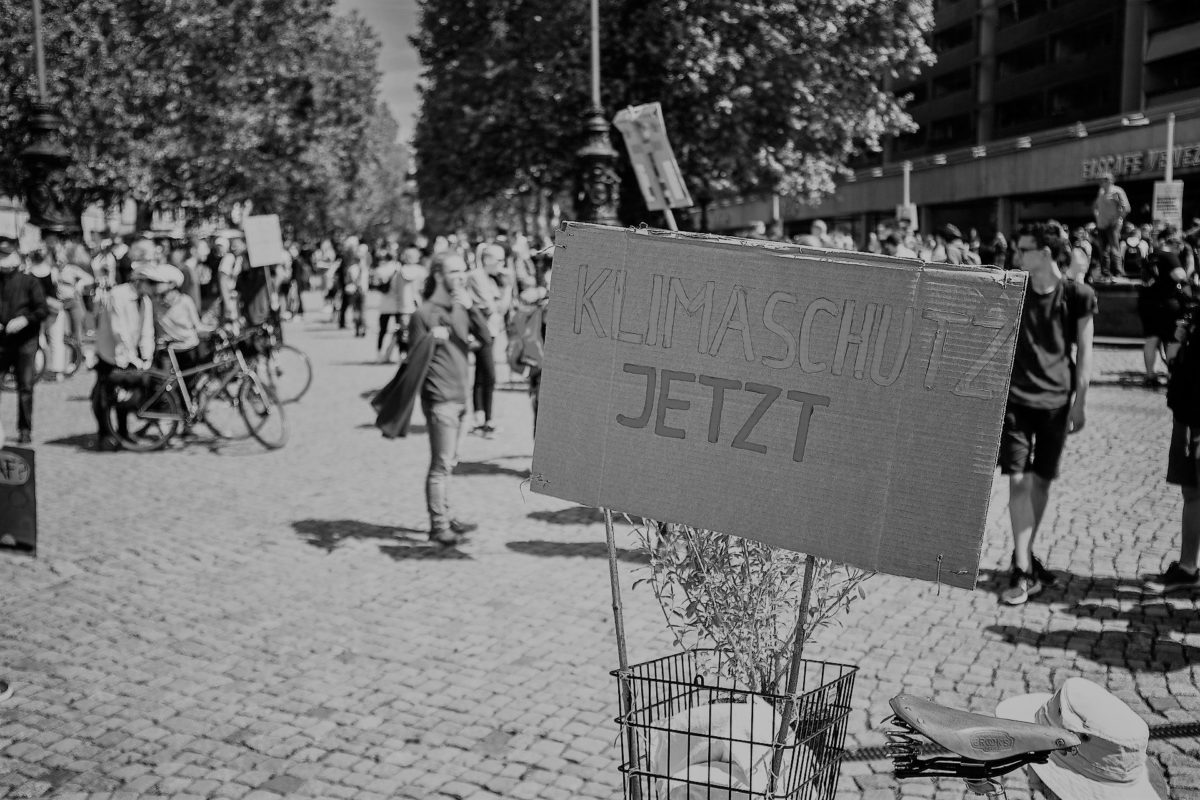@ Charlotte Boschen
After months of strict lock-downs and personal restrictions, some parts of the world are slowly emerging from the Corona crisis: Curfews are being lifted and borders reopened. Nevertheless, the situation remains tense and uncertain – especially in the Non-european world. In part two of our Corona moments, three 42 Magazine team members share their experiences in the three languages of our magazine: French, English and German.
Fribourg : le renouveau du ping-pong
De forme rectangulaire, plane et horizontale, son plateau est généralement vert ou bleu, lisse et mat. Un filet court en sa largeur afin de séparer sa superficie en deux surfaces égales. Habituellement, une ligne blanche épaisse de 2 cm marque ses différentes sections et sert de repères aux sportifs qui s’affrontent au-dessus et autour de celle-ci. Armés de raquettes, leur combat requiert une balle et rien d’autre. Simplicité et sobriété, l’excellence de ses joueurs réside dans la technique de jet et de service.
Depuis quelques semaines, l’ombre des arbres de nouveau feuillus apporte un réconfort à ses visiteurs, plus nombreux que jamais, heureux de trouver un peu d’air frais. Le mouvement de leur raquette soulève avec lui le pollen volage et le parfum des nombreuses glycines environnantes. Sur le banc voisin, une enceinte Bluetooth diffuse les morceaux préférés des joueurs du moment. À 2,74m l’un de l’autre, les adversaires, généralement amis ou voisins, ne prennent aucun risque et respectent les mesures hygiéniques de circonstances.
L’occasion de se retrouver pour quelques échanges de balle, échanges de mots, afin d’échanger ses impressions sur la situation absurde qui nous avale tout entier au quotidien. Et pourtant, le soulagement de voir de nouvelles habitudes se former, le plaisir de découvrir de nouvelles façons de se rencontrer et la certitude de pouvoir passer du bon temps ensemble. Indéniablement : la table de ping-pong est l’icône du moment.
Charlotte, lectrice 42 Magazine
Johannisburg : A letter from Jo’burg
When sitting in the middle of a national lockdown, facing the frightening reality of economic uncertainty because you live every passing week hand to mouth, you are certainly forced to choose to either overcome the fear of possibly contracting a virus that may or may not kill or overcome your fear of starving to death in your own home.
It is a dilemma being forced upon the shoulders of millions of South African’s who live in one of the most unequal countries in the world. A choice not made in the relative silence one would expect from a lockdown. But made in the context of the bustling community around you who have already made their choice.
COVID-19 has had a chilling effect on the population of South Africa whose income has shielded them from having the salience of their mortality exposed to them. However, for the majority of the country, of which this salience is tested every day, COVID-19 is just another part of life that threatens to bring about your end. Nothing new. Nothing more. COVID-19, like the world, has little care for inequality.
Rekgotsofetse, editor 42 Magazine
Bonn: Gemeinsam getrennt
Die Kontaktsperre kam am Montag, das Homeoffice richteten wir am Dienstag ein, schon Sonntag lagen wir ermüdet nebeneinander und wussten beide: so geht’s nicht mehr. Sich mitten in der Corona-Krise zu trennen, ist eine Herausforderung. Die Krise ist kein Grund, aber sie kann einem den letzten, nötigen Stubs in die richtige Richtung geben.
Mit Interesse las ich in den Tagen darauf die Empfehlungen der ZEIT für Paare, die noch zusammen sind: nachsichtig sein, Konflikte gehen lassen, den Raum des anderen akzeptieren. Diese Empfehlungen kann man auch als getrenntes Paar umsetzen, denn auch, wenn wir beide lieber woanders wären, erleben wir so gemeinsam, warum es gut ist, dass wir uns getrennt haben – und sogar Momente, in denen wir uns daran erinnern, was wir aneinander hatten. Eine Zeit zum Abschied nehmen. In der Isolation liegt für mich also auch Hoffnung und das Wissen, es muss nicht immer böse enden.
Lara, Herausgeberin 42 Magazine
How are you holding up and how is the situation in your country? Feel free to share your funny, annoying, nice or scary experiences with us. Contact us on Instagram, Twitter and Facebook or write an email to contact@fortytwomagazine.com!













